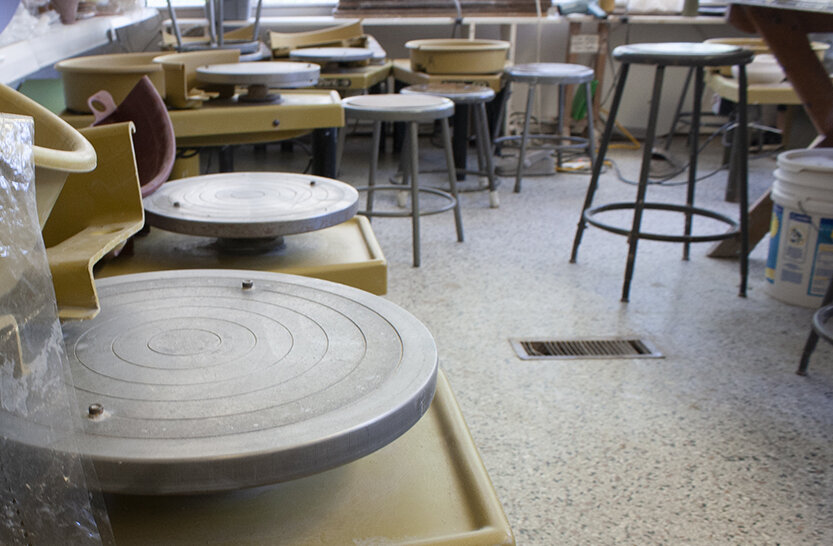The University has been home to a plethora of innovative professors, whom through their work have created some notorious inventions. Nick Holonyak, professor of electrical and computer engineering, famously invented the LED light bulb in 1962, and now, a new creation has the potential to revolutionize the medical world.
Hyun Joon Kong, assistant professor of chemical and biomolecular engineering, and Rashid Bashir, director of the Micro and Nanotechnology Laboratory, are the front leaders of this new apparatus; the “microvascular stamp.” Started in 2008, the project is funded by the U.S. Army Telemedicine & Advanced Technology Research Center and National Science Foundation Emergent Behaviors of Integrated Cellular Systems Center at Illinois.
“Vascular disease is the first cause of death in the U.S. and all over the world,” Kong said. “Our interest (was) to create an advanced method (of) recreating new tissue.”
The “microvascular stamp,” which is about 1 cm in diameter and is two times the thickness of the human hair, is made of biocompatible hydro gel. The contact-like device is filled with cells, whose purpose is to give nutrients to a region of injury, as well as to direct blood vessels to the infected area.
“A regular (bandage) is for disinfecting and cleaning the wound,” said Vincent Chan, a graduate research assistant. “With our ‘microvascular stamp’ it’s active; it can heal and grow blood vessels into your wound and prevent scaring.”
Get The Daily Illini in your inbox!
Bashir said that their device is revolutionary in the way that nothing has ever been done like this before.
“It’s pretty exciting,” Bashir said, “to be able to do it this precisely and with this combination of using cells as factories for growth, hasn’t been done (before).”
The “microvascular stamp” is projected to make tremendous advances in the medical and science fields.
“Our hope is to be able to advance a science,” Bashir said. “This could have lots of applications in wound healing, and also potentially in cancer, wherever you are trying to get blood vessels to form or control their patterning.”
Chan explained how the stamp could be beneficial in the aftermath of a heart attack.
“If you have a heart attack it starts to form a scar,” Chan said. “You don’t want that to happen, so you can put that patch on to rescue the blood vessels and tissue and prevent the scaring.”
Bashir said that the project came about as an idea of using heart cells that could beat in order to fuse with the heart. However, Kong presented the idea of using cells instead, in order to make the stamp more diverse.
“It is not like this straight process,” Chan said. “A lot of times it happens by circumstance or happenstance.”
The project is currently in its early stages, using chick embryos to test the patch. Bashir says the chick eggs help as a model for how the patch will react with blood vessels when eventually used in humans.
“You can essentially control the blood vessel formation as its happening,” Bashir said.
However, he says that the process of getting the stamp to industrial levels is still as far as 5 to 10 years away.
“To get therapeutic approved and get into the market it takes a long time,” Bashir said. “It will take more investment and a lot more characterization.”
Chan reflects on his experience with this project.
“It helps to not only define me, but also define the U of I name,” Chan said. “I think a lot of times in science you end up doing little things towards that big goal and you get nearsighted, but to see that big picture and to see things working is very exciting.
That’s why you do research.”









